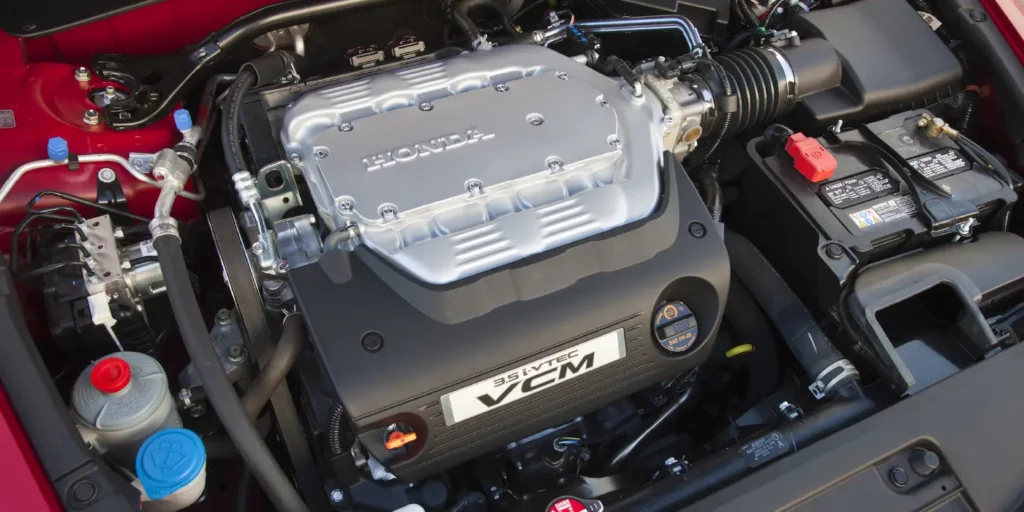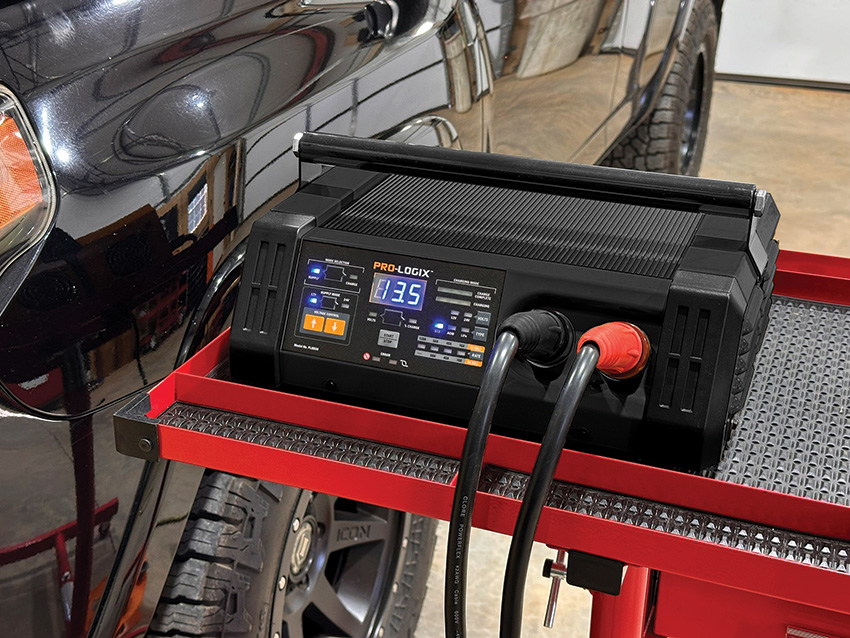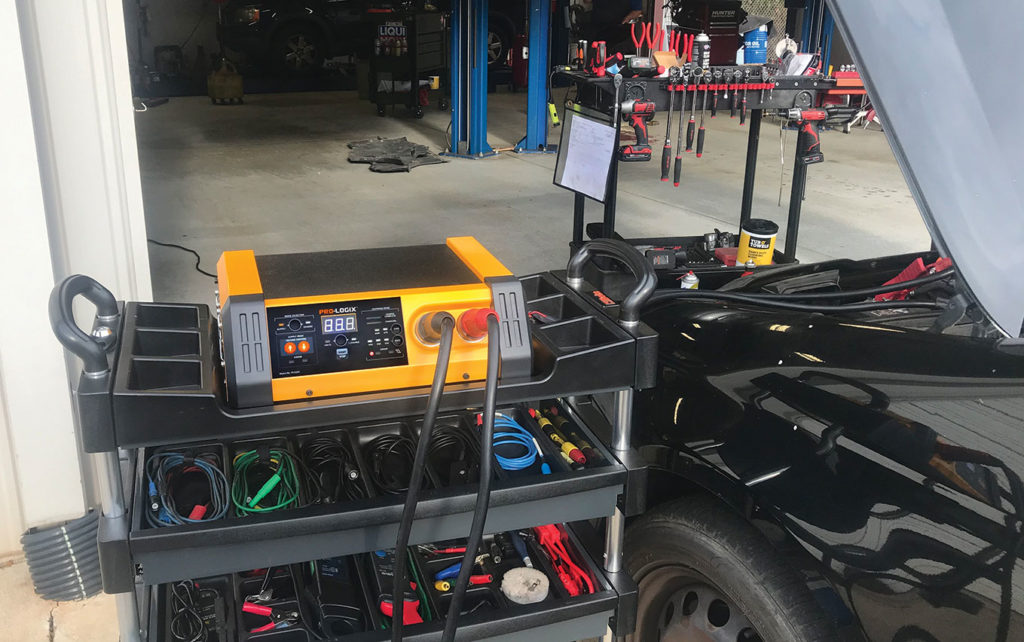We worked a show earlier this month and had hundreds of conversations with store owners, shop owners and technicians. A very hot topic during those conversations was advanced vehicle system service, including module reprogramming, ADAS recalibration and more. It definitely feels as though these services have reached critical mass, with more and more shops bringing these services in-house than ever before. In particular, we spoke to dozens of shops that either had recently moved reprogramming/reflashing in-house or were planning to make this change soon. So, knowing that many of our readers are progressing through the same evolution and decision making process, we thought that, this month, we’d pull together some useful resources related to this complex service area, one which is growing in importance and adoption.
When it Comes to Programming, Not All Vehicle Are Created Equal
This article does a great job of illustrating a key aspect of module reprogramming: each vehicle make has different procedures when it comes to module reprogramming. It is critical that you familiarize yourself with the specific requirements of each vehicle make you service. This includes the electrical environment recommended by the vehicle manufacturer, which can vary significantly from one to another (we have a great reference for this below). This article by Andrew Markel on Import-Car.com covers primarily Asian manufacturers, but it provides a great reference not only for the makes covered, but also provides a great sense of the variable nature of this application from make to make.
A Handy Reference to OE-Recommended Electrical Environments for Module Reprogramming
As is emphasized in the above article, a critical aspect of module reprogramming is supplying the system with the necessary power to create an optimal environment in which the reprogramming event can take place.
And, each vehicle manufacturer has their own twist on what is required to create that optimal environment. This usually involves a combination of voltage and available current/output.
But, this information can be difficult to come by. It often isn’t covered in service information, leaving the shop or technician having to scramble to find the details they need to do the job right. That’s why, three years ago, we created a handy, comprehensive reference to OE-recommended programming voltages, which gathers this critical information in one place for almost all makes found on North American roads. We recently updated the data for 2025 and it may be worthwhile to bookmark this one for future reference.
The Right Tool for the Job: Why Investing in a Proper Reflashing Power Supply is Necessary and Worth It
This article, by Andrew Markel on UnderhoodService.com, is an update to a previously published article that we have referenced before. We don’t normally do a repeat reference, but this article has some updated content and provides such an excellent overview of the role a flashing power supply plays in the module reprogramming process, that it is worth repeating it here. Honestly, we could quote the entire article, it’s that well put together. But, we’ll reference just two quick quotes that provide a sense of what it’s all about.
The first point of note is that he addresses the consequences of not using the right tool to support module reprogramming tasks. “Most vehicles and reprogrammers have a specific range of system voltage for the reprogramming procedure to take place. If the system voltage is too high or too low, the best result is that the reflash procedure is aborted. The worst-case scenario is that module is damaged and becomes a brick.” So, investing in a quality reflashing power supply, while it can be somewhat costly, can actually save money in the end by avoiding repeated efforts (aborted reflash that must be restarted) or by avoiding damaging vehicle modules.
The second point of note is that he distinguishes between the output achieved when using a battery charger versus a flashing power supply and why a charger is inappropriate for this task. “A ‘digital’ or ‘smart’ battery charger measures the internal resistance and state of charge voltage of the battery. This type of charger will not keep the system voltage constant.“ As he notes, a battery charger will adjust its output (both voltage and current) based on the connected battery’s state of charge, which is the opposite of what you want when supporting module reprogramming.
We highly recommend this article if you are in the process of adding module reprogramming to your service menu.
Future Proofing Your Power Supply Needs
One key concern of shops jumping into this complex area of service is making sure that they are investing in the right tools that allow them to perform the services that they plan to offer and that make their processes effective and efficient. The fact that there are so many ways to perform these services (OE tooling, aftermarket tooling, pass-through device, etc.), it adds a layer of confusion and apprehension. No matter the methodology and tooling you choose to perform this task, there is one common denominator, and that’s the need for a quality flashing power supply to support the reprogramming process.
In our opinion, there’s no better flashing power supply on the market than our new PL6850, 12/24V 120A Flashing Power Supply and HD Battery Charger. This unit brings power, precision and convenience to the application, with a comprehensive package of features:
- 12/24 Volt Operation
- 0-120 Amps on demand (12V) to support module reprogramming
- 13.1-14.9 Volt output range (12V) to support all makes and models
- 0-60 Amps on demand (24V) to support module reprogramming
- 26.2-29.8 Volt output range (24V) to support a wide range of HD equipment
- Max output can be sustained indefinitely (12V or 24V)
- Minimal voltage ripple (<100mV) for optimal electrical environment
- Rapid Load Response (RLR) Technology manages severe changes in load demand
- Detachable and field replaceable 13 ft cable leads with PowerJaw clamps
- Requires 120V 20A AC input
With unlimited 120A output (12V), the PL6850 meets the requirements of all vehicle manufacturers, allowing it to meet the power needs of even the most demanding European makes. Plus, its combination of extremely low ripple and RLR technology provides an optimal electrical environment for module reprogramming, keeping the vehicle’s electrical system stable no matter the conditions. Bringing module reprogramming in-house is a complicated and involved process, but choosing your power supply to support that application is easy. PRO-LOGIX simplifies the process and delivers the performance you need.








